كل ما تريد معرفته عن المواصفات والأداء - بيجو 308 2007 - 1.6 16V THP (150 Hp) Automatic 5d
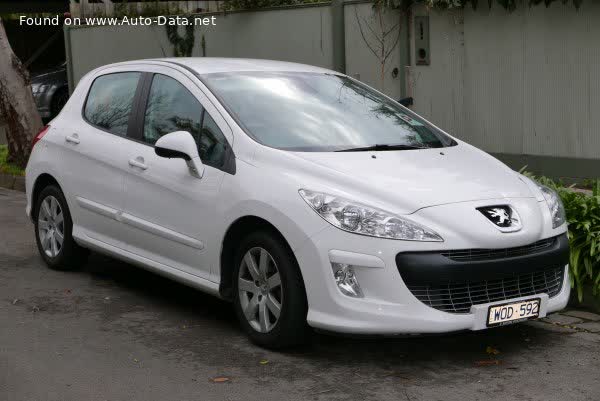
نظرة عامة:
كم سعة محرك بيجو 308 2007؟
سعة محرك بيجو 308 2007 هي 1598.
بيجو 308 2007 كم حصان؟
قوة محرك بيجو 308 2007 تبلغ 150 Hp @ 5800 rpm..
ما هو محرك سيارة بيجو 308 2007؟
محرك بيجو 308 2007 هو 5FX EP6DT. (انقر لرؤية السيارات الأخرى التي تستخدم نفس المحرك)
كم تستهلك بيجو 308 2007 من الوقود؟
بيجو 308 2007 تستهلك 7.9 لتر لكل 100 كم.
عام:
العلامة التجارية: بيجو
الموديل: 308
الجيل: I (Phase I, 2007)
التعديل - المحرك: 1.6 16V THP (150 Hp) Automatic 5d
بدأ الانتاج في: 2007
انتهى الانتاج في: 2010
بنية نظام الحركة: محرك احتراق داخلي
نمط الهيكل:هاتشباك
عدد المقاعد: 5
عدد الأبواب: 5
المحرك:
الاستطاعة: 150 حصان عند 5800 دورة في الدقيقة
الاستطاعة لكل لتر: 93.9 حصان لكل لتر
العزم: 240 نيوتن متر عند 1600 دورة في الدقيقة
نوع/اسم المحرك:5FX EP6DT
سعة المحرك: 1598
عدد الاسطوانات: 4
شكل الاسطوانات: Inline
عدد الصمامات لكل اسطوانة: 4
نظام حقن الوقود: Direct injection
تنفس المحرك: Turbocharger, Intercooler
نظام الصمامات: DOHC
حجم زيت المحرك: 4.3 لتر
سائل التبريد: 6.2 لتر
مكان ووضع المحرك: أمامي, مستعرض
قطر الاسطوانة: 77 ملم
شوط المكبس: 85.8 ملم
نسبة الانضغاط: 10.5:1
الأداء:
نوع الوقود: بترول (بنزين)
استهلاك الوقود (economy) - urban: 11.4 l/100 km
استهلاك الوقود (economy) - extra urban: 6 l/100 km
استهلاك الوقود (economy) - combined: 7.9 l/100 km
معيار الانبعاثات: Euro 4
التسارع 0 - 100 كم/سا: 10.2 ثانية
التسارع 0 - 62 ميل في الساعة: 10.2 ثانية
السرعة القصوى: 202 كم/سا
نسبة الوزن للاستطاعة: 9.5 كغ لكل حصان, 104.9 حصان لكل طن
نسبة الوزن للعزم: 6 كغ لكل نيوتن متر, 167.8 نيوتن متر لكل طن
التسارع 0 - 60 ميل/سا: 9.7 ثانية
المساحة:
الوزن الاجمالي (كغ): 1430
الوزن الأقصى (كغ): 1842
أقصى حمل (كغ): 412
السعة القصوى للصندوق الخلفي: 1201 لتر
السعة الأقل للصندوق الخلفي: 348 لتر
سعة خزان الوقود: 60 لتر
الأبعاد:
الطول: 4276 ملم
العرض: 1815 ملم
الارتفاع: 1498 ملم
قاعدة العجلات: 2608 ملم
المحور الأمامي: 1526 ملم
المحور الخلفي: 1521 ملم
نظام الدفع، نظام التعليق، والفرامل:
بنية نظام الدفع: The Internal combustion المحرك (ICE) drives the front wheels of the vehicle.
الاندفاع: الاندفاع بالعجلات الأمامية (شد أمامي)
نوع صندوق التروس وعدد السرعات: 4 gears, automatic transmission
المكابح الأمامية: Ventilated discs
المكابح الخلفية: Disc
الأنظمة المساعدة: ABS (Anti-lock braking system)
نمط التوجيه: Steering rack and pinion
مساعد التوجيه: Hydraulic Steering
قياس الإطارات: 195/65R15 91T; 205/55R16 91T; 225/45R17; 225/40R18
قياس العجلات: 6.5Jx15; 7Jx16; 7.5J x 17; 7.5J x 18
نظام التعليق الأمامي: Wishbone
نظام التعليق الخلفي: Trailing arm
انظر أيضًا
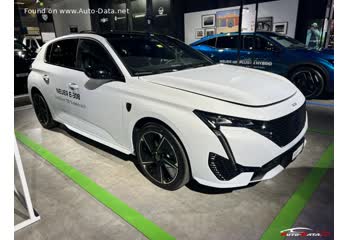
آخر جيل.
بدأ انتاجها منذ 2023 وحتى 2025

جيل آخر.
بدأ انتاجها منذ 2010 وحتى 2011
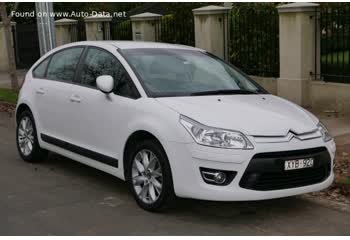
نفس المحرك. (5FX EP6DT).
بدأ انتاجها منذ 2008 وحتى 2010
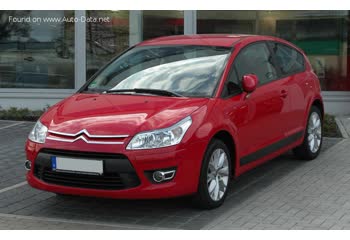
نفس المحرك. (5FX EP6DT).
بدأ انتاجها منذ 2008 وحتى 2010
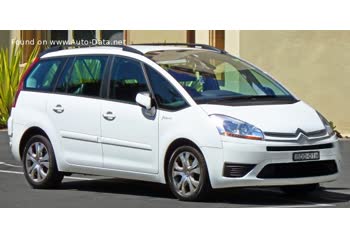
نفس المحرك. (5FX EP6DT).
بدأ انتاجها منذ 2008 وحتى 2010

نفس سنة الانتاج وتقريباً نفس سعة المحرك.
بدأ انتاجها منذ 2007 وحتى 2009

نفس سنة الانتاج وتقريباً نفس سعة المحرك.
بدأ انتاجها منذ 2007 وحتى 2010

اكتب تعليقًا